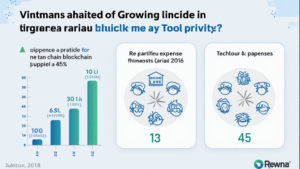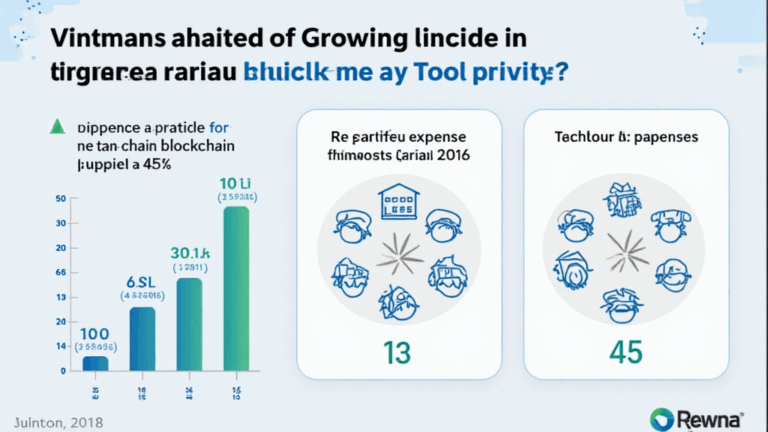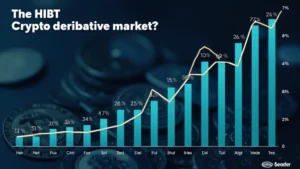Bitcoin Blockchain Upgrade Timeline: Key Milestones and Future Projections
As of 2024, the cryptocurrency landscape has never been more dynamic. With over $4.1 billion lost to DeFi hacks in 2024 alone, the need for robust security and progressive upgrades in blockchain technology, particularly Bitcoin, has become paramount. This comprehensive look into the Bitcoin blockchain upgrade timeline not only highlights crucial past events but also sets the stage for understanding what future advancements may bring.
Understanding the Importance of Upgrades in Bitcoin’s Ecosystem
The Bitcoin network operates as a decentralized ledger, which requires regular upgrades to address vulnerabilities, improve scalability, and enhance user experience. Think of it like maintaining a classic car; regular maintenance keeps it running smoothly, and occasional upgrades ensure it remains relevant and efficient in modern traffic. The history of Bitcoin reveals various upgrades that have played essential roles in its evolution.
Early Milestones: The Birth of Bitcoin
- 2008: The Bitcoin whitepaper is published by Satoshi Nakamoto, outlining the concept.
- 2009: The first Bitcoin block, known as the “Genesis Block,” is mined.
Each of these early milestones laid the foundation for what Bitcoin has become today.

2013: The First Major Upgrade – P2SH
In 2013, Bitcoin introduced the Pay-to-Script-Hash (P2SH) upgrade, allowing for more complex transactions, such as multi-signature wallets. This was a major leap forward for Bitcoin, much like adding advanced safety features to a vehicle.
Segregated Witness (SegWit)
One of the most significant upgrades in Bitcoin’s history occurred in 2017 with the implementation of SegWit. This upgrade helped to increase block capacity by separating transaction signatures from the transaction data. Think of it as clearing the traffic on a congested highway by allowing smaller vehicles in a separate lane; it significantly boosted the transaction speed without raising the block size limit.
A Look at Bitcoin’s Recent Upgrades
Just as modern cars are equipped with smart technology, Bitcoin has undergone numerous enhancements to keep up with the needs of its users. Recent upgrades continue to focus on scalability and security, solving many of the network’s longstanding challenges.
2019: The Lightning Network
Introduced as a second-layer solution, the Lightning Network facilitates faster transactions and lower fees by operating separately from the main blockchain. This is akin to offering express lanes for users who want to make swift transactions without the congestion of the main thoroughfare.
2020: Taproot – A Step Forward in Privacy
The Taproot upgrade, approved via the Bitcoin Improvement Proposal (BIP) 341, was implemented in November 2021, enhancing privacy for complex transactions. With Taproot, users can conceal their transaction details similar to how a sealed envelope protects sensitive information.
Forward-Looking Statements: The Future of Bitcoin Upgrades
As we approach 2025, discussions about forthcoming upgrades have gained traction. The constant evolution in this field cannot be overlooked, especially considering the rising user base in markets like Vietnam, which saw a significant crypto user growth rate of 30% in 2023.
Potential Upcoming Upgrades
- Efforts for Greater Scalability: Ongoing research into layer-2 solutions may improve scalability further.
- Enhanced Privacy Features: Future upgrades could further prioritize user privacy.
“As indicated in recent industry reports, the tiêu chuẩn an ninh blockchain discussions largely center on enhancing safety features while maintaining usability.” According to Chainalysis 2025 data, the projected user adoption rate continues to rise, making it crucial for new upgrades to keep pace.
Conclusion
In summary, the Bitcoin blockchain upgrade timeline showcases a rich history of progress and innovation aimed at improving the user experience and enhancing security. As the number of users grows, particularly in emerging markets like Vietnam, the demand for upgrades will accelerate. Future developments promise to blend enhanced performance with robust security features, ensuring that Bitcoin continues to be a leader in the digital currency arena.
For those navigating this evolving landscape, utilizing tools and resources such as the Bitcoin Cash Blender will be invaluable. As we advance, understanding the timeline of upgrades empowers users to grasp the intricacies of this revolution. Please note: this article is not financial advice. Always consult local regulators and do thorough research before investing.
Written by John Doe, a blockchain analyst with numerous publications in the field and a leader in several notable projects. His insights are well-regarded in the cryptocurrency community.











